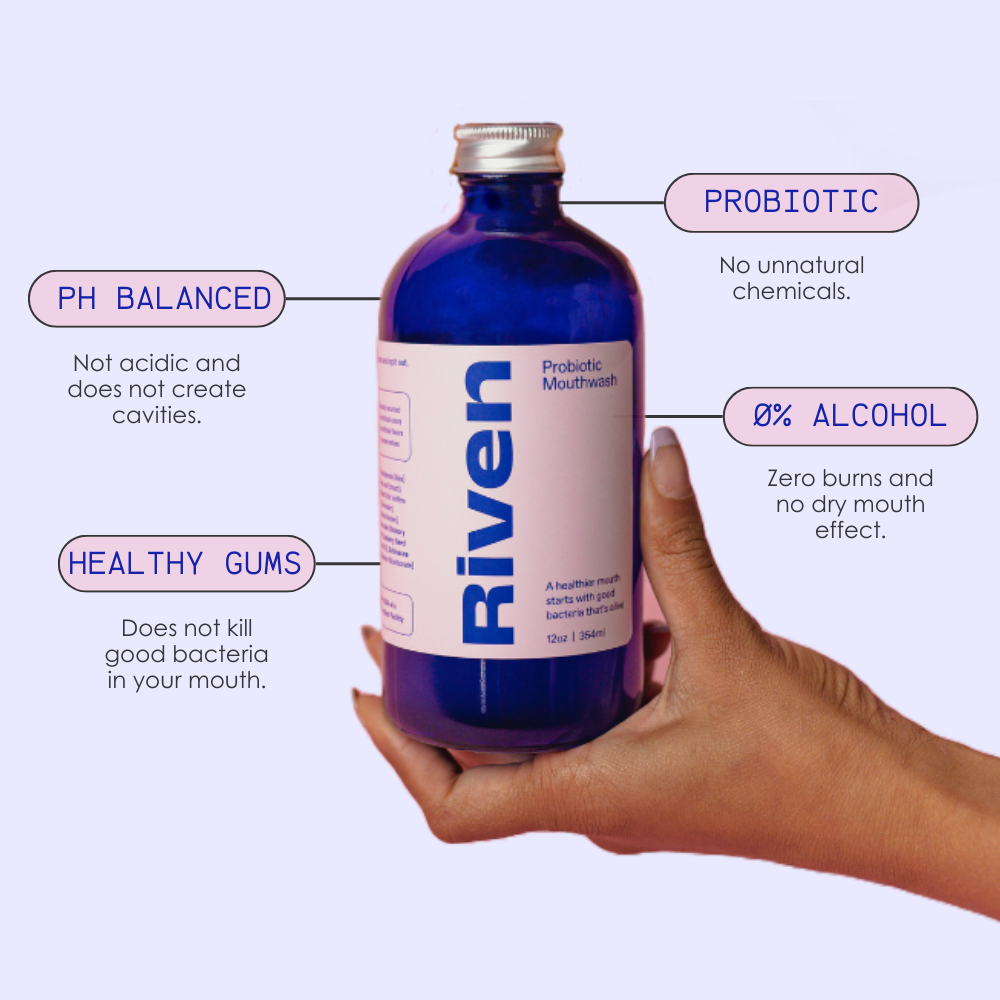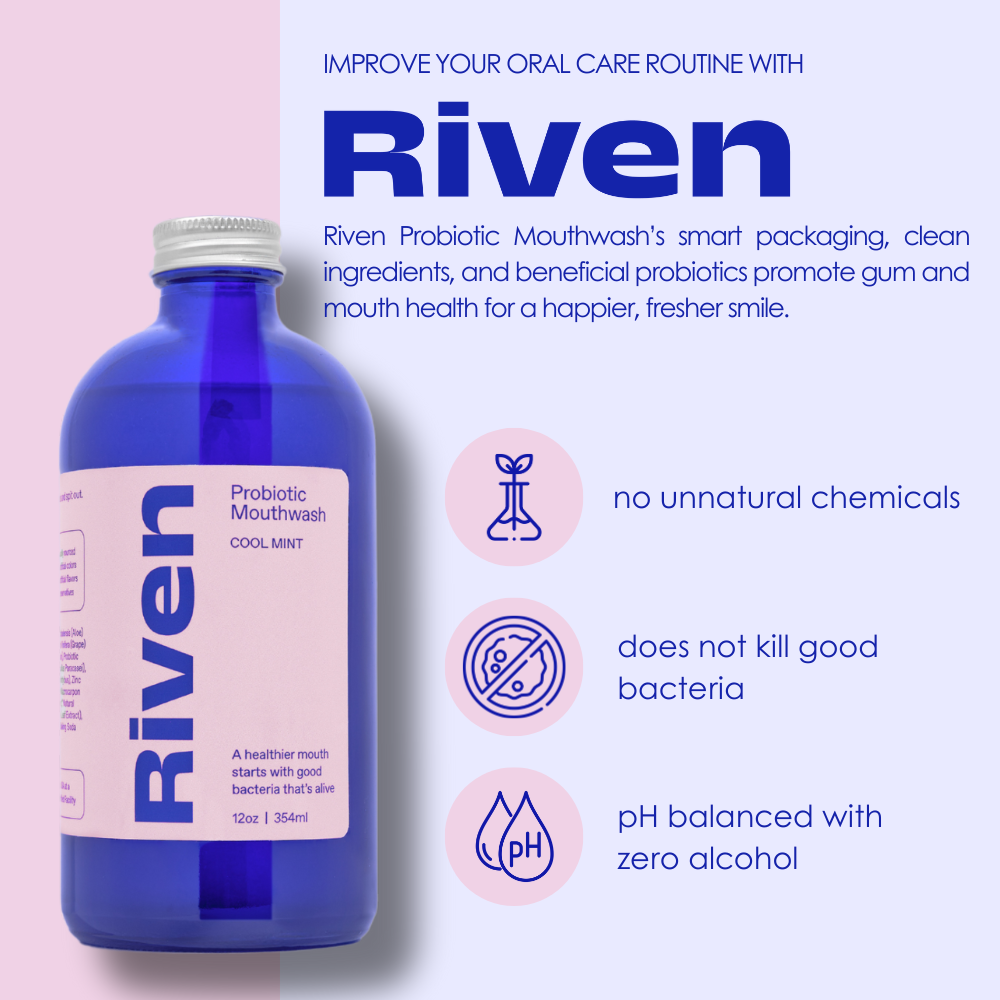When it comes to maintaining good oral hygiene, flossing is a key practice. But the choice between traditional dental floss and floss picks can be a puzzling one. Both methods share the common goal of removing food particles and plaque from the spaces between your teeth, yet each has its unique advantages. In this article, we'll delve into the pros and cons of both options to help you make an informed decision for your oral health.

Traditional Floss: The Time-Tested Champion
Traditional dental floss has long been hailed as the gold standard for interdental cleaning. When used correctly, it excels at removing plaque and debris. The technique involves curving the floss into a 'C' shape around each tooth's base and gently moving it back and forth. This method ensures thorough plaque removal and maintains oral hygiene.
However, it's important to note that mastering the art of traditional flossing may require a certain level of manual dexterity. Additionally, some individuals find it time-consuming, which could deter consistent use.
Floss Picks: The Convenient Alternative
Floss picks are small, plastic devices with a piece of floss held taut between two prongs. They're designed for convenience and are particularly useful for individuals with limited manual dexterity. Their portable nature makes them an ideal choice for on-the-go oral care.
However, there's a common pitfall when using floss picks: neglecting to curve the floss around each tooth. This oversight can result in less effective cleaning and potential gum discomfort. Additionally, using the same segment of floss for the entire mouth may transfer bacteria from one area to another.
The Verdict: Which One Wins?
Research suggests that both traditional floss and floss picks are effective at reducing plaque and preventing gingivitis. Traditional floss may have a slight edge in interproximal plaque reduction, but studies show higher user compliance and satisfaction with floss picks. Many individuals are more likely to maintain a regular flossing routine when using these convenient tools.
Safety Concerns: What's in Your Floss?
While discussing floss, it's worth considering potential safety concerns. Some dental floss products contain ingredients like Teflon and petroleum. These substances have raised health issues, including hormone imbalances and thyroid disease. However, it's crucial to emphasize that there's no confirmed link between using floss and these health problems. The benefits of flossing for oral hygiene far outweigh any potential risks.
If you're apprehensive about these ingredients, you can opt for floss made from alternative materials such as silk, bamboo, or plant-based plastics.
Choosing Your Flossing Ally
In the end, the choice between traditional floss and floss picks comes down to personal preference and individual circumstances. Some individuals prefer the comprehensive cleaning offered by traditional floss, while others appreciate the ease and accessibility of floss picks. Many people combine both methods, using traditional floss for their nightly routine and keeping floss picks handy for quick touch-ups during the day.
Remember that regular dental check-ups and professional cleanings are vital for maintaining optimal oral health. Your dentist can offer guidance on your flossing technique and recommend the most suitable products for your unique situation.
In summary, regardless of whether you choose traditional floss or floss picks, the most important thing is to floss daily as part of your oral hygiene routine. Both options can effectively maintain your oral health when used correctly, so select the one that suits your needs best. As always, if you have concerns about your oral hygiene practices, consult with your dentist or oral health professional for expert guidance.





